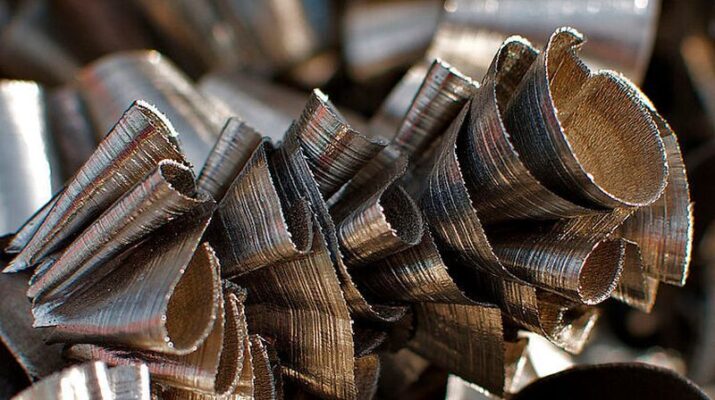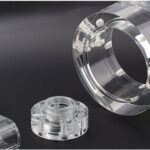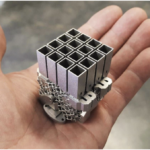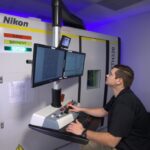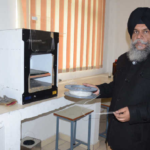
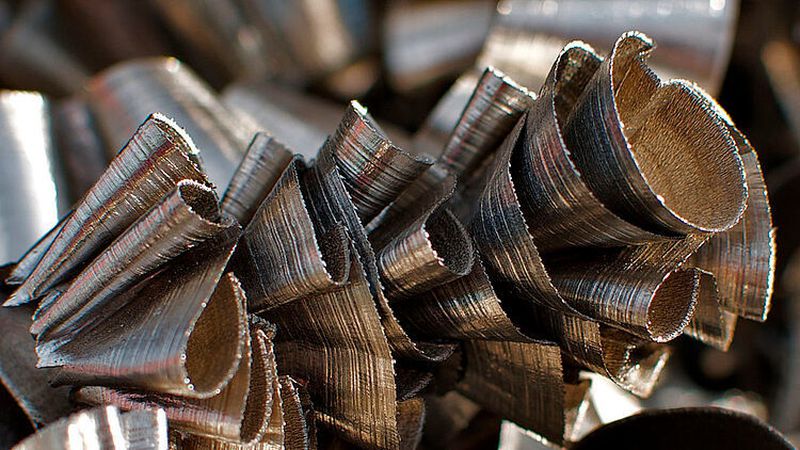
During traditional CNC machining processes, most raw titanium material is wasted. For instance, in the case of machining large parts for aircraft structures results in over 90 percent material waste. Now, researchers at Leibniz Universität Hannover are experimenting with ways to recycle the titanium chips left over from machining processes via 3D printing.
While titanium chips may be recycled in some lower-quality applications (for example, use in composites), the leftover material is often corrupted. The researchers have already shown that impurities can be reduced by changing processing parameters in melting the material.
“During the cutting process, the titanium chips are heavily contaminated, among other things by oxidation, cooling lubricant residues and tool particles. These contaminants make recycling the chips significantly more difficult,” said project team member Jonas Matthies.
However, the team believes that further gains can be made by recycling the material directly into powder for additive manufacturing, forgoing the energy-intensive melting process. Instead, the researchers are grinding the material into a fine powder via a spraying process.

“We want to increase resource and energy efficiency by developing a manufacturing process chain for converting chip material into powder,” explains Matthies. “By using chips as input material in powder production, we expect a reduction in energy consumption and CO2 emissions by up to 80%.”
Naturally, the material is a good fit for additive manufacturing. Titanium is one of the most commonly used materials in metal AM, whether for aerospace applications, automotive parts, or designing medical implants. In this case, the researchers are focused on making aircraft components. The research is led by the Institute for Manufacturing Technology and Machine Tools (IFW), the overall goal is to overcome “deficits” in affordability, efficiency and energy usage, and conservation of resources. Four other industrial partners—engaged in the aircraft construction and recycling industries—are working on the project too.
As the researchers continue to research the AM production of parts, they are striving to find out more about ‘the targeted setting of component properties in the overarching process chain.’
“The advantage of a holistic view of the process chain lies in the knowledge of the various mechanisms of action at the various production stations . By adjusting these set screws, it is possible to manufacture components with specific material properties. “
What do you think of this news? Let us know your thoughts! Join the discussion of this and other 3D printing topics at 3DPrintBoard.com.
[Source / Images: konstruktions praxis]
When it comes to 3D real estate visualization in the USA, our service provides the perfect solution for bringing property listings to life. Through our platform, you can easily access cutting-edge 3D renderings that showcase your real estate projects in a way that attracts potential buyers and investors. Whether it's residential, commercial, or mixed-use properties, our team of experts uses advanced technology to create immersive visualizations that highlight the best features of your property, making it easier for clients to imagine the space as their own.
Through our website, you can quickly get high-quality 3D real estate visualizations that are tailored to your specific needs. With our help, you'll stand out in the competitive real estate market by offering potential buyers a realistic, interactive view of your property. Our efficient process ensures a fast turnaround time, while our attention to detail guarantees that every aspect of the property is represented accurately, giving you a powerful marketing tool to promote your real estate listings.


